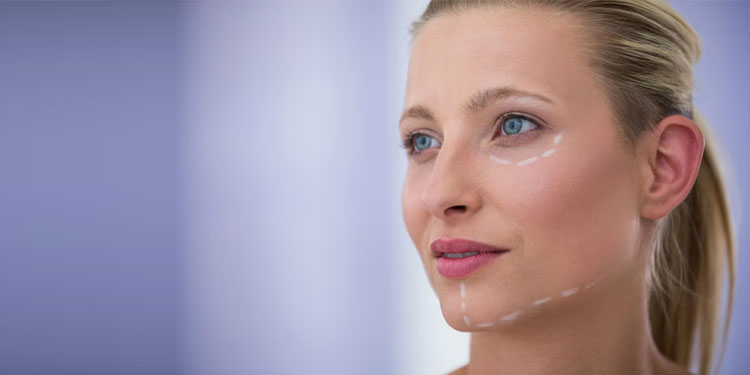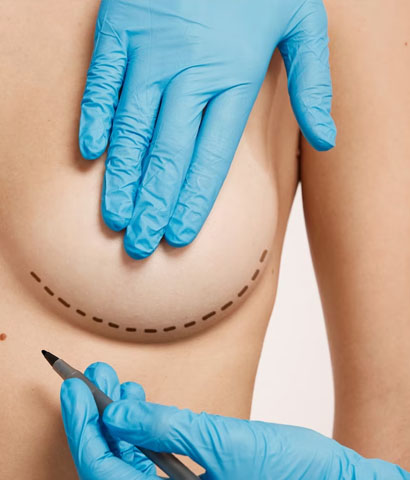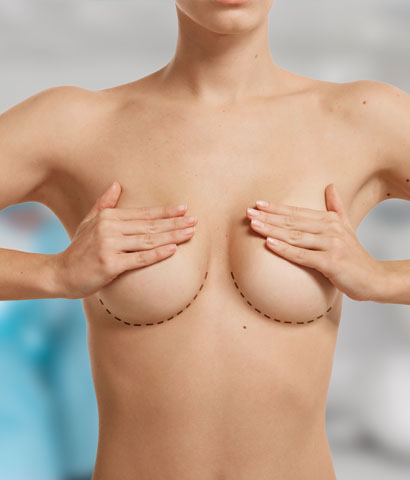
Are you looking for a way to enhance the appearance of your forehead and temples? Do you want to achieve a more youthful and refreshed look? If so, forehead temple surgery may be the solution for you. In this article, we will cover everything you need to know about this cosmetic procedure, including its benefits, risks, and recovery process.
What is Forehead Temple Surgery?
Forehead temple surgery, also known as temporal lift surgery, is a cosmetic procedure that involves lifting and tightening the skin around the temples and forehead area. This surgery is designed to reduce the appearance of wrinkles, sagging skin, and other signs of aging in the upper face.
Benefits of Forehead Temple Surgery
There are several benefits of forehead temple surgery, including:
1. Reduced Wrinkles and Fine Lines
Forehead temple surgery can help to reduce the appearance of wrinkles and fine lines in the forehead and temple area. This can result in a more youthful and refreshed appearance.
2. Improved Facial Contour
This surgery can also improve the overall contour of the face by tightening and lifting sagging skin. This can create a more defined and sculpted appearance.
3. Increased Self-Confidence
By improving the appearance of the upper face, forehead temple surgery can increase self-confidence and improve self-esteem.
Risks and Complications
As with any surgical procedure, there are potential risks and complications associated with forehead temple surgery. These can include:
1. Infection
There is a risk of infection after any surgical procedure. It is important to follow all post-operative instructions to reduce the risk of infection.
2. Scarring
While incisions for forehead temple surgery are typically hidden in the hairline, there is still a risk of visible scarring.
3. Nerve Damage
There is a risk of nerve damage during forehead temple surgery, which can result in numbness or weakness in the forehead and temple area.
The Forehead Temple Surgery Procedure
The forehead temple surgery procedure typically takes between one and two hours to complete. It is performed under general anesthesia, and patients will need to arrange for someone to drive them home after the procedure.
The surgeon will make incisions in the hairline and temple area, through which the underlying tissues will be lifted and tightened. Excess skin will be removed, and the incisions will be closed with sutures or staples.
Recovery Process
After forehead temple surgery, patients can expect some swelling and bruising in the forehead and temple area. This is normal and will subside over time. Pain medication may be prescribed to manage discomfort during the recovery process.
Patients should avoid strenuous activity for several weeks after surgery and should avoid sun exposure for several months. It is important to follow all post-operative instructions provided by your surgeon to ensure a smooth recovery.
Is Forehead Temple Surgery Right for You?
Forehead temple surgery may be right for you if you are looking to improve the appearance of your upper face and achieve a more youthful and refreshed look. However, it is important to discuss the procedure with a qualified cosmetic surgeon to determine if you are a good candidate for surgery.
Conclusion
Forehead temple surgery is a cosmetic procedure that can help to improve the appearance of the upper face by reducing wrinkles, sagging skin, and other signs of aging. While there are risks and potential complications associated with the procedure, many patients are happy with the results of their surgery. If you are considering forehead temple surgery, it is important to research the procedure and discuss your options with a qualified cosmetic surgeon.
Forehead Temple Frequently Asked Questions
The results of forehead temple surgery can last for several years, but the longevity of the results will depend on several factors, including the patient’s age, skin quality, and lifestyle habits.
There are non-surgical alternatives to forehead temple surgery, such as Botox injections and dermal fillers, which can help to reduce the appearance of wrinkles and fine lines in the forehead and temple area.
Yes, forehead temple surgery can be combined with other cosmetic procedures, such as a facelift or eyelid surgery, to achieve a more comprehensive rejuvenation of the face.
When looking for a cosmetic surgeon for forehead temple surgery, it is important to choose a board-certified surgeon who has experience performing the procedure. You should also research the surgeon’s reputation and read reviews from past patients to ensure they have a track record of delivering safe and effective results.




